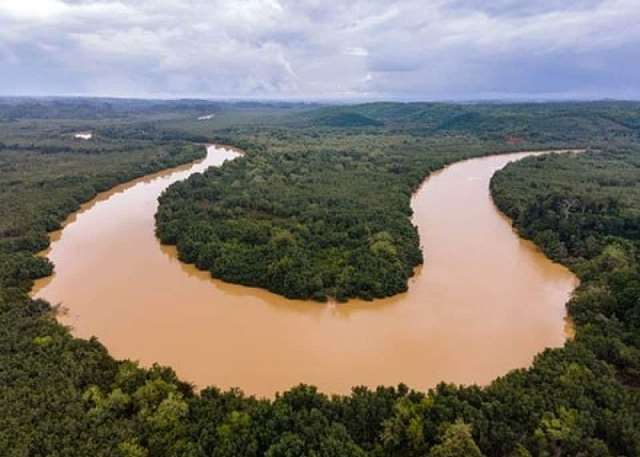EPA Boss Pegs Pilot Test of Nano-Based River Dechemicalisation Technology at $200,000
The Environmental Protection Agency (EPA) is advancing a high-tech solution to tackle the widespread pollution of Ghana’s rivers caused by illegal mining (galamsey), announcing plans to pilot a copper-based “nano liquid” technology that has been laboratory-tested and proven effective in removing toxic contaminants.
Speaking in an interview on Sunday, October 5, the Executive Director of the EPA, Prof. Nana Ama Browne Klutse, said the initiative represents a scientific breakthrough capable of reversing years of environmental degradation if adequately funded and implemented.
“I want to tell my fellow Ghanaians that there is still hope because we are in a technology age,” she stated, arguing that the country must shift its response to galamsey from military interventions to scientific innovation.
Copper-Based Nano Liquid: Tested and Proven
Prof. Klutse disclosed that the EPA has identified at least two viable purification technologies, including the copper-based “nano liquid,” which has been successfully deployed in Greece. She confirmed that local laboratory tests conducted by the EPA have demonstrated the product’s ability to cleanse water contaminated with heavy metals such as arsenic and mercury.
“We have done the test in the lab for the EPA and advised the government on this. We have tested it, and it works, and it’s doable,” she affirmed.
Ghana’s water crisis has reached alarming levels, with the EPA estimating that up to 60% of the nation’s major rivers are chemically compromised by illegal mining. High concentrations of arsenic and mercury have rendered several treatment plants inoperable, posing acute health risks including genotoxic exposure and cancer.
$200,000 Required for Pilot Phase
While full-scale dechemicalisation will require billions of dollars, Prof. Klutse emphasised that a modest $200,000 is urgently needed to conduct a pilot demonstration. The pilot aims to prove the efficacy of the nano liquid under live river conditions and convince policymakers and the public of its potential.
“To do pilots to show to Ghanaians and even the presidents that this is doable, we need $200,000. If I get it today, we will do the pilot for every Ghanaian to see,” she stated.
The agency hopes the demonstration will unlock political commitment and attract both domestic and international financing for large-scale remediation.
Evaluating Multiple Technological Options
Prof. Klutse noted that the EPA is evaluating multiple high-tech options, including membrane-based purification systems, stressing that the final choice will be guided by an economic and environmental cost-benefit assessment.
“We are looking at all of the options, and we will have to decide on the one that is more affordable—not just cheap affordable, but effective and cost-efficient,” she explained.
The EPA’s initiative aligns with growing calls from health experts, including the Pharmaceutical Society of Ghana, for the government to declare galamsey a national public health emergency. Recent studies reveal a cancer risk factor of 0.16 and a projected 78 cases per 1,000 infants exposed to arsenic-contaminated water, underscoring the urgency of scientific intervention.



